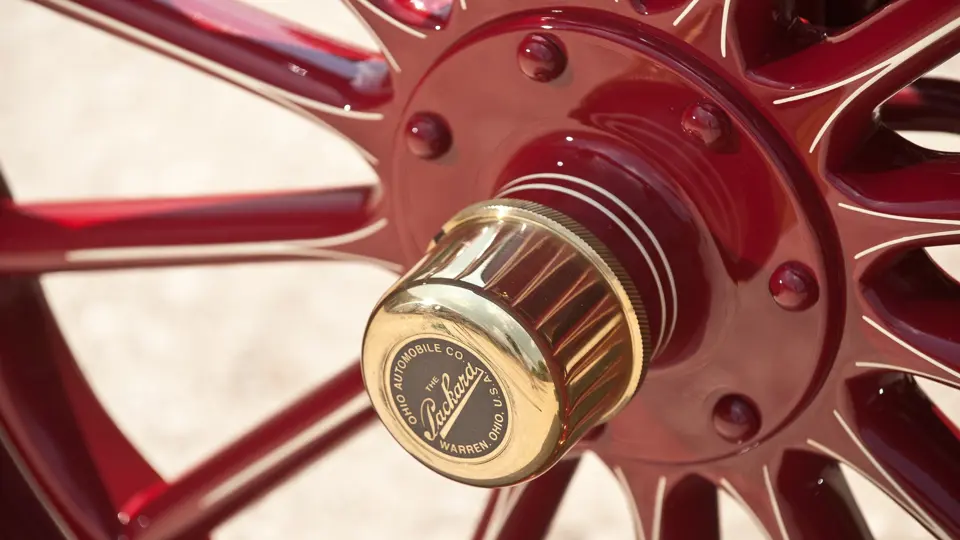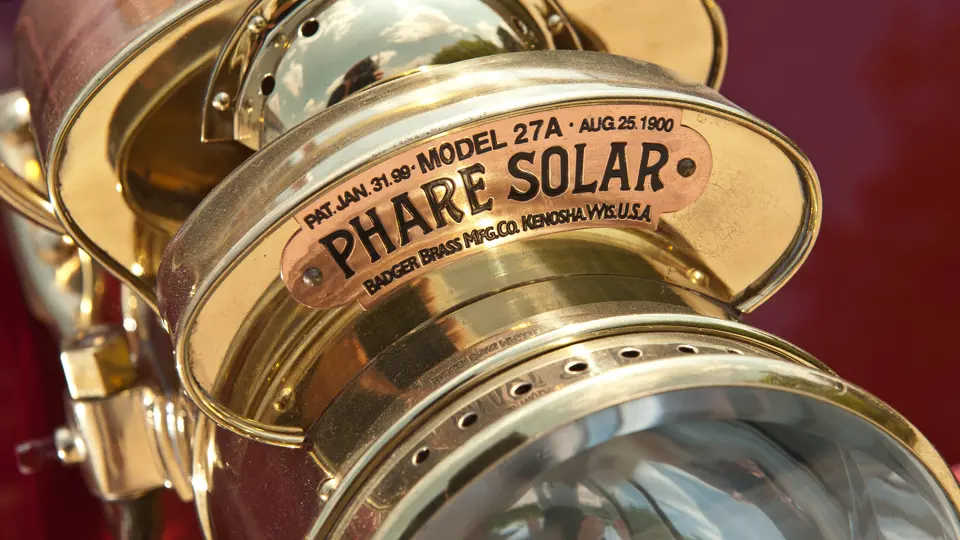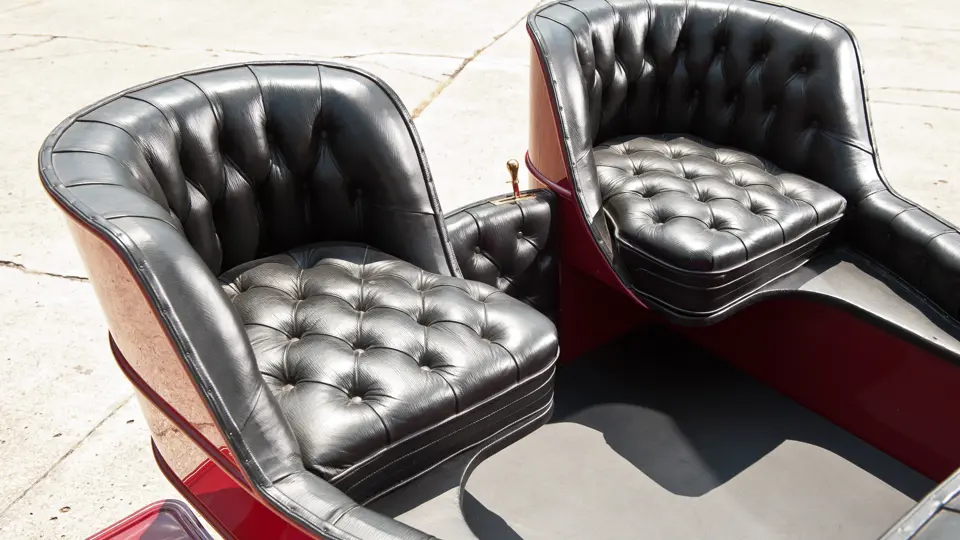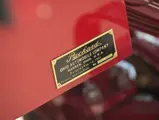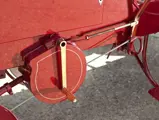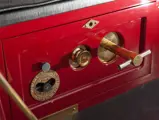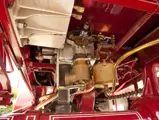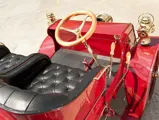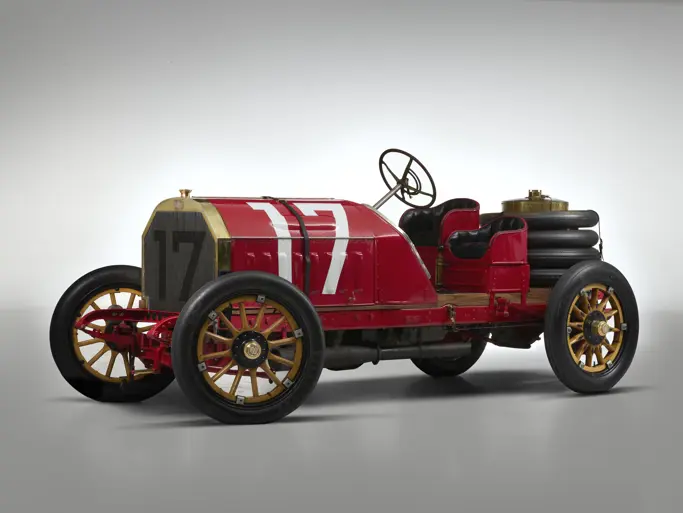12 bhp, 183.8 cu. in. single-cylinder four-stroke engine, three-speed sliding gear manual transmission, live front and rear axles with semi-elliptic leaf springs, and rear-wheel mechanical brakes.
- Offered from the Estate of John O’Quinn
- One of 179 Model Fs built; only four known to exist today
- One of the 20 Warren, Ohio-built Packards remaining
- Lovely restoration displayed at the National Packard Museum
- A London-to-Brighton Run veteran (2006) and a class award winner at Auburn
- History including Art Twohy, Harrah and Lyon Family ownership
Few early motor cars are as historically significant as the 1903 Packard Model F Rear-Entry Tonneau offered here. While it shared its 12-horsepower single-cylinder, four-stroke engine with the prior Model C, the Model F, which debuted in 1902, clearly marked the shift in automobile designs from the early and frail buggy-type cycle-cars to vehicles recognizable as “true” automobiles.
The Model F was the first Packard with artillery-style spoke wood wheels and introduced a three-speed selective sliding-gear manual transmission, which became an industry standard. For 1903, Packard refined the Model F with a wheelbase increase to 88 inches and a sleek sloping hood, inspired by the contemporary French Renault. Priced from $2,250 for the two-passenger roadster and from $2,500 for the rear tonneau, just 179 Model Fs were sold in 1902 and 1903.
While the Model F was Packard’s most expensive automobile when introduced, it was quite economical to operate. In fact, the Model F achieved remarkably good fuel efficiency, with 27.5 mpg recorded in a 1902 economy trial. Further proof of the Model F’s sound engineering came during the summer of 1903 when “Old Pacific,” driven by Tom Fetch and Marius Krarup, completed a run from San Francisco to New York, a truly remarkable achievement on the virtually non-existent roads of the era!
The vehicle offered here is a wonderful, high-quality example of the 1902 Packard Model F, expertly built by Robert McKeown of Perryapolis, Pennsylvania using various original Packard components and engine number 233. According to John Grundy’s early Packard Registry, engine 233 was owned by Art Twohy of Los Angeles, California from 1947 to 1959. Enthusiasts will immediately recognize him as the founder of the Horseless Carriage Club of America. In 1959, famed collector and Reno, Nevada casino magnate William Harrah acquired engine 233 for his renowned collection.
The Model F engine 233 remained within the Harrah collection until 1982, passing through noted developer and retired USAF General William Lyon to Terry Martin of Warren, Ohio, the author of the recently published Packard: The Warren Years. Mr. Martin retained engine 233 until 2001. That year, Mr. McKeown acquired the engine and commenced the restoration, which he completed in 2006. In a letter dated April 26, 2006 from the National Packard Museum to the current owner, this Model F is one of just four known to exist, and it is one of 20 Warren, Ohio-built Packard cars remaining today out of the 480 units produced.
In 2006, the car completed the 60-mile London-to-Brighton Veteran Car Run. At Auburn, Indiana in 2008, the Model F earned the Charles Eckhart Award for the “Most Elegant Open Car,” and in 2009, it was displayed at the National Packard Museum in Warren, Ohio, which honors the birthplace of the Packard Motor Car Company. A rare and attractive example of one of the earliest Packard automobiles in existence, this 1902 Model F is an extraordinary piece of Packard and American automotive history.
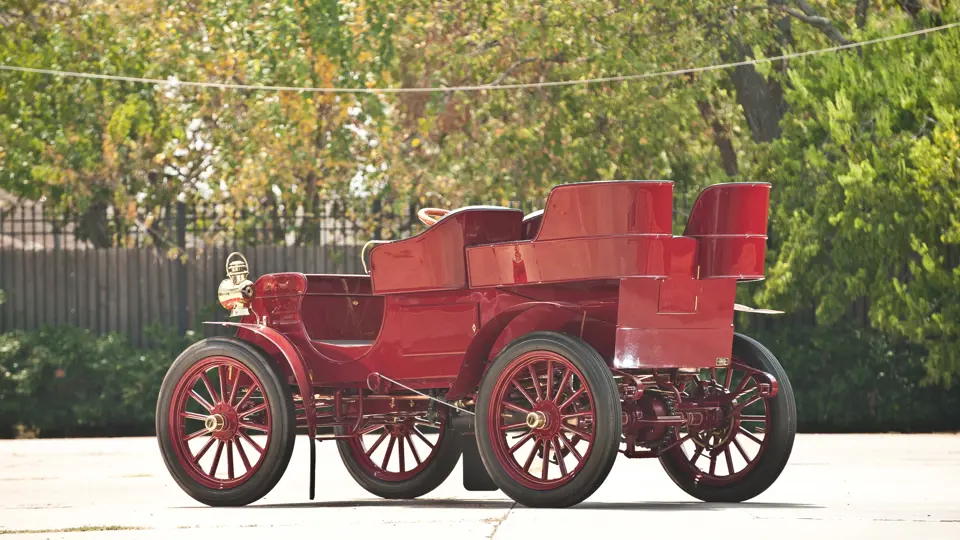
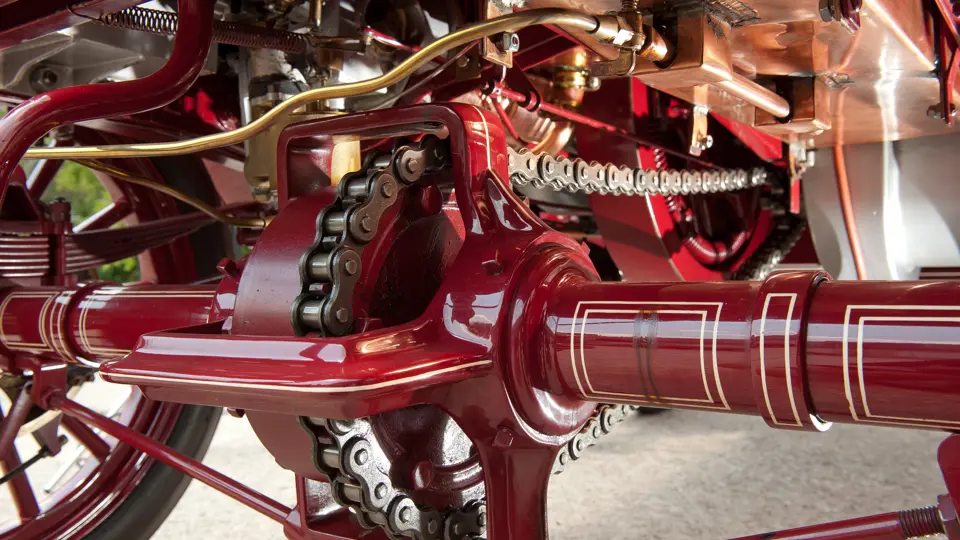
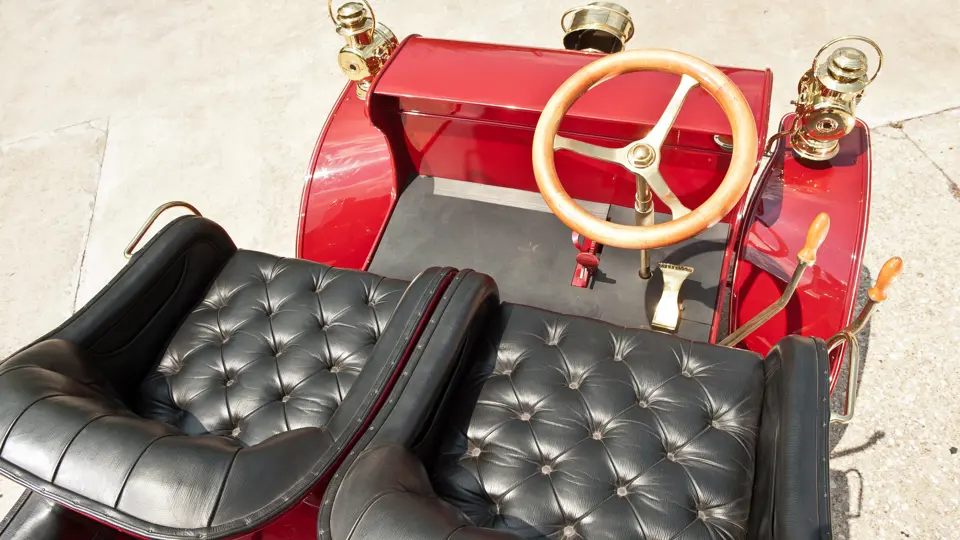

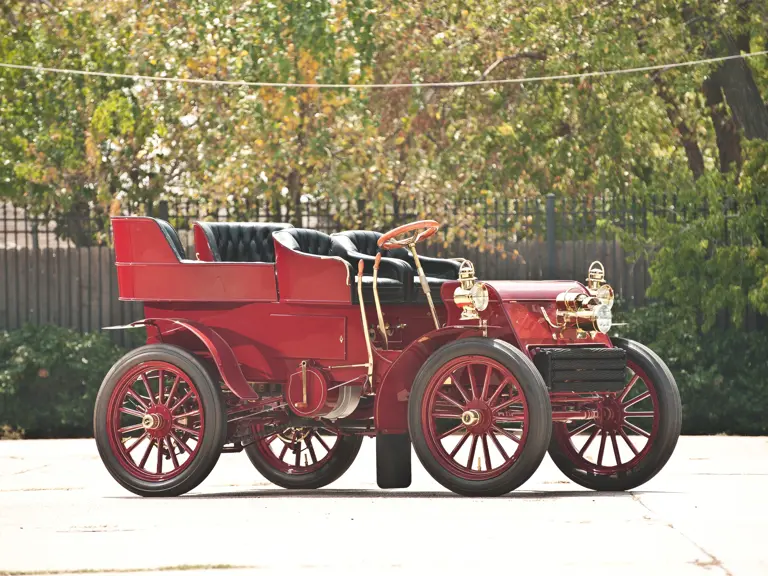
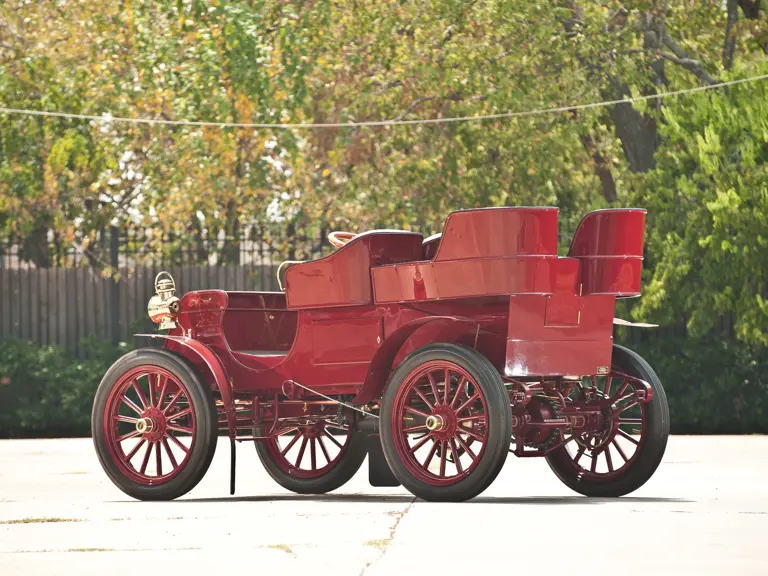
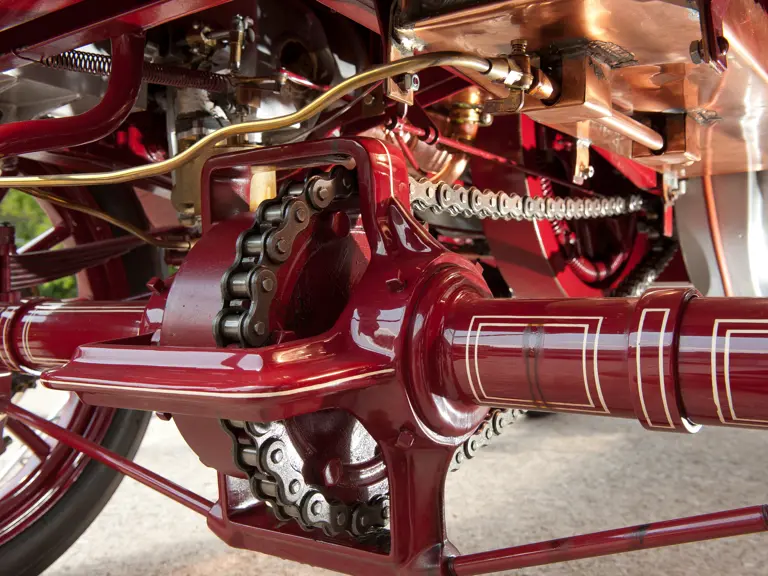
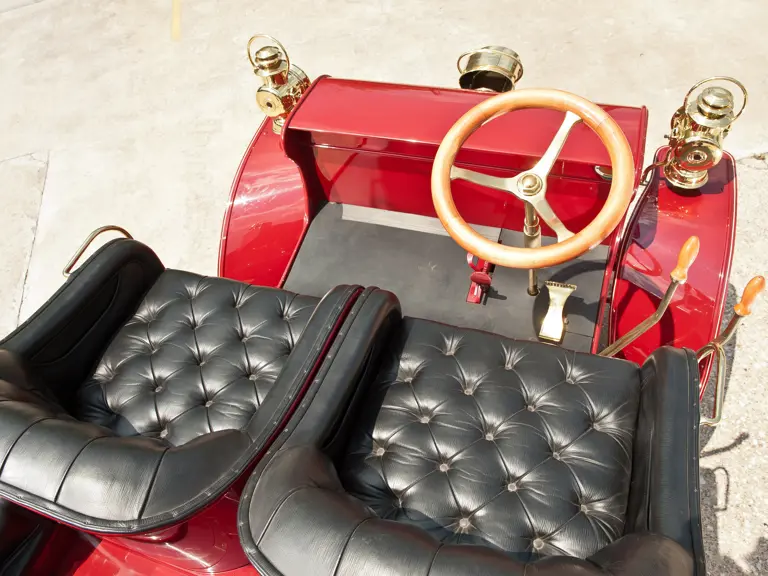
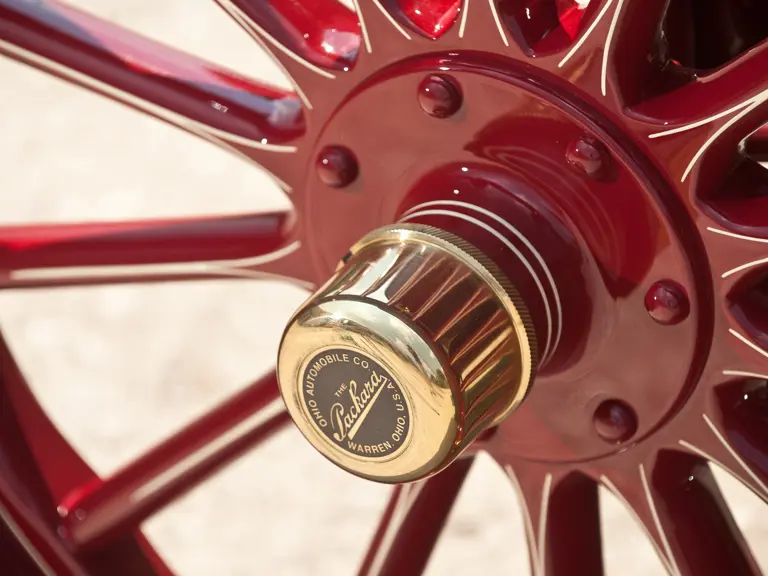
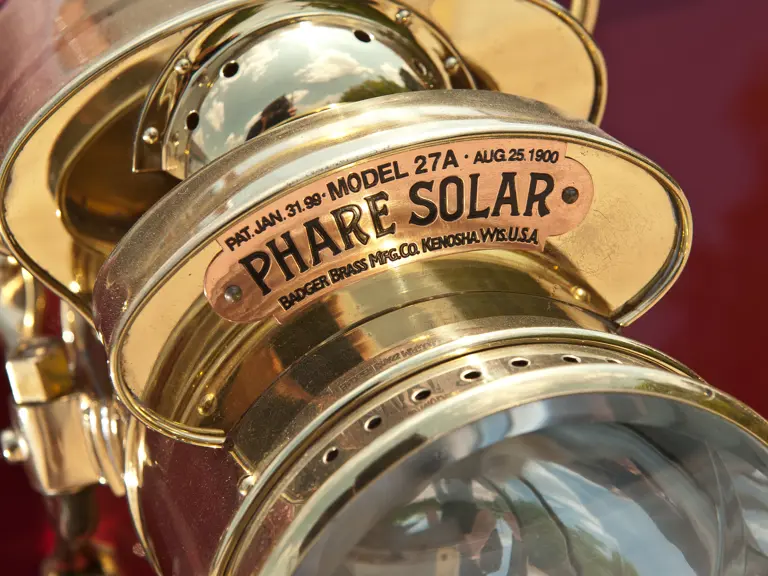

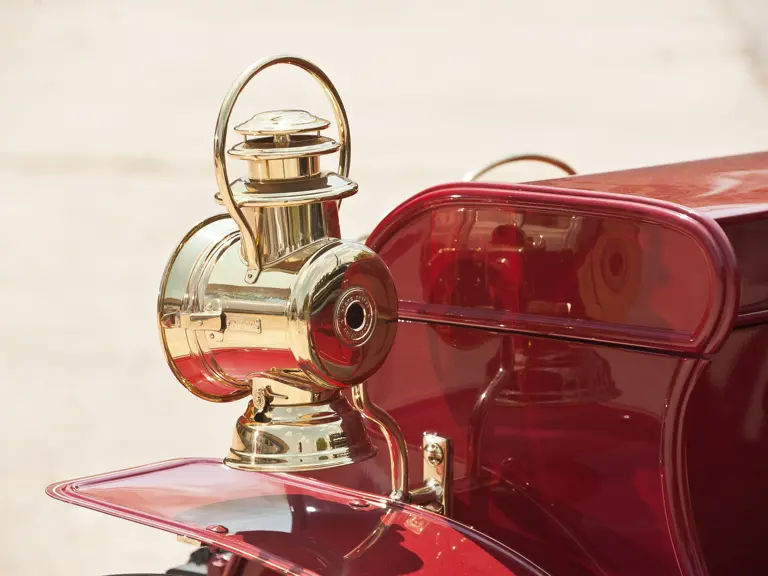
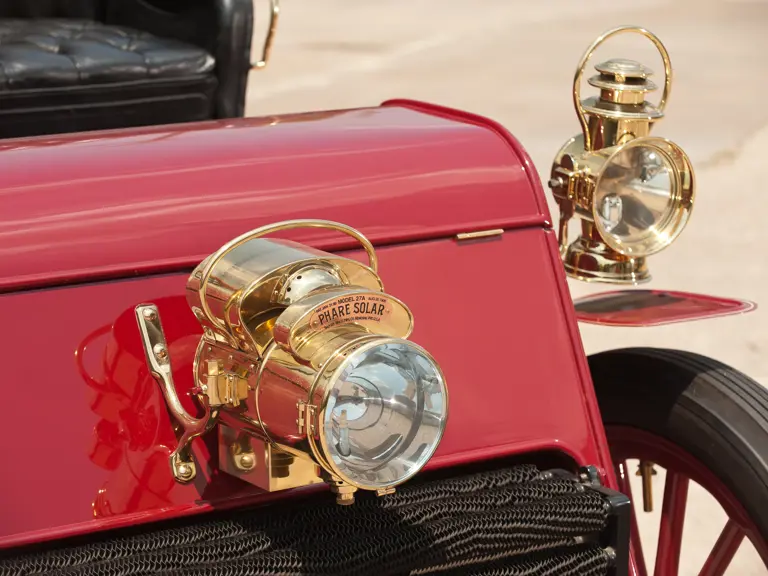
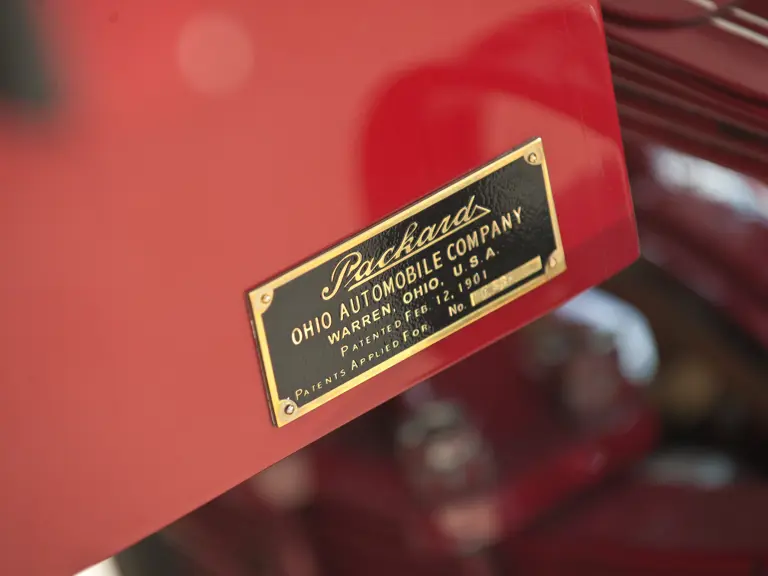


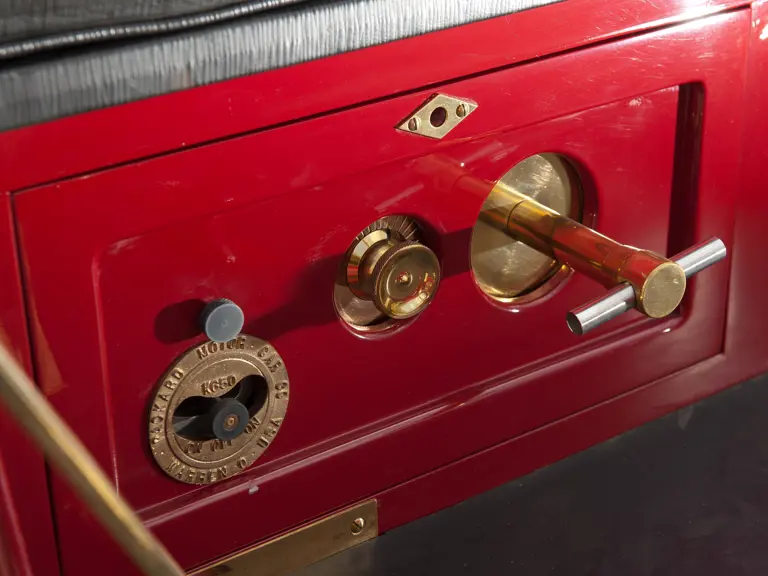
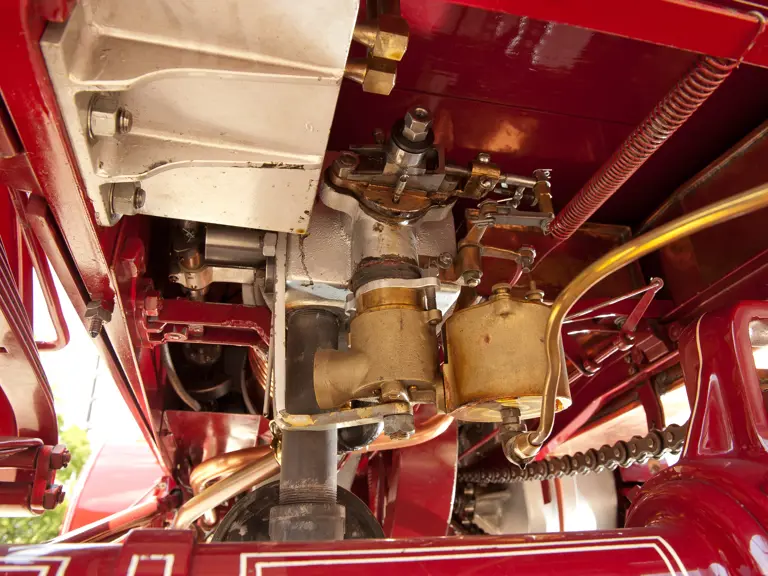
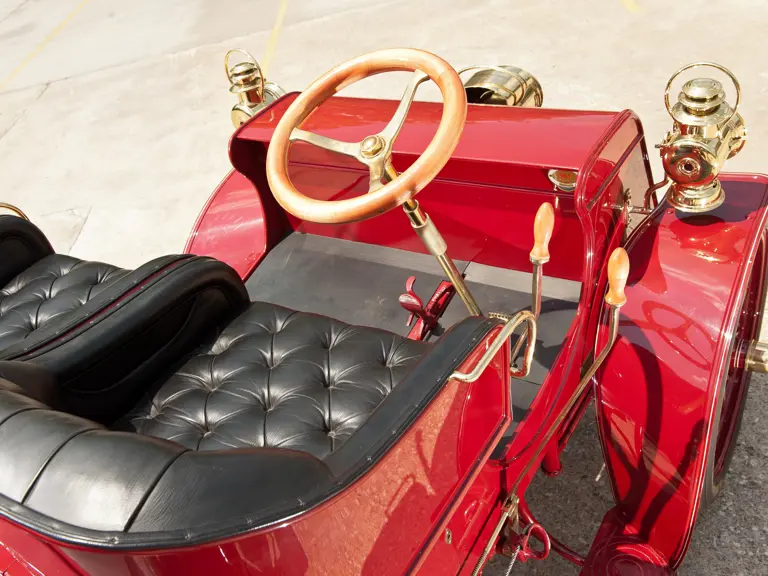
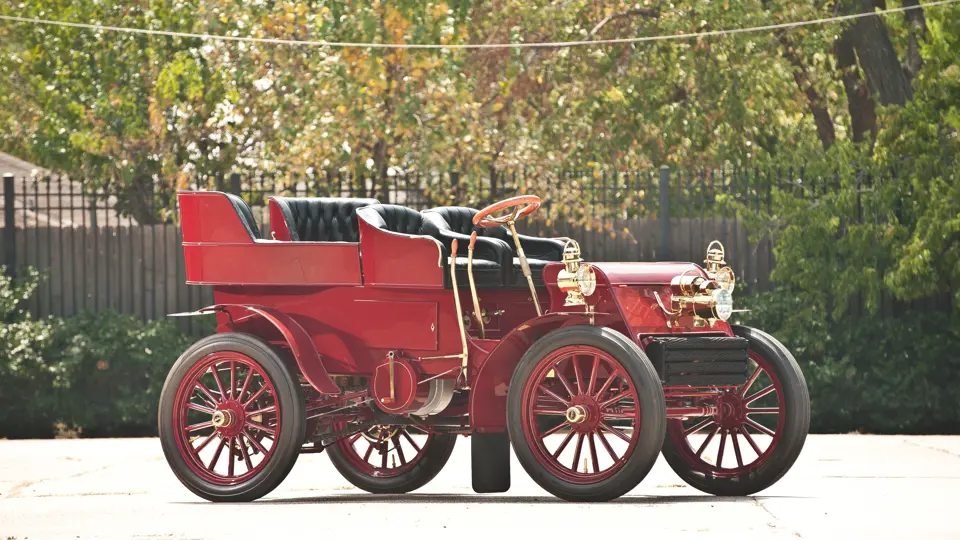
 | Hershey, Pennsylvania
| Hershey, Pennsylvania
